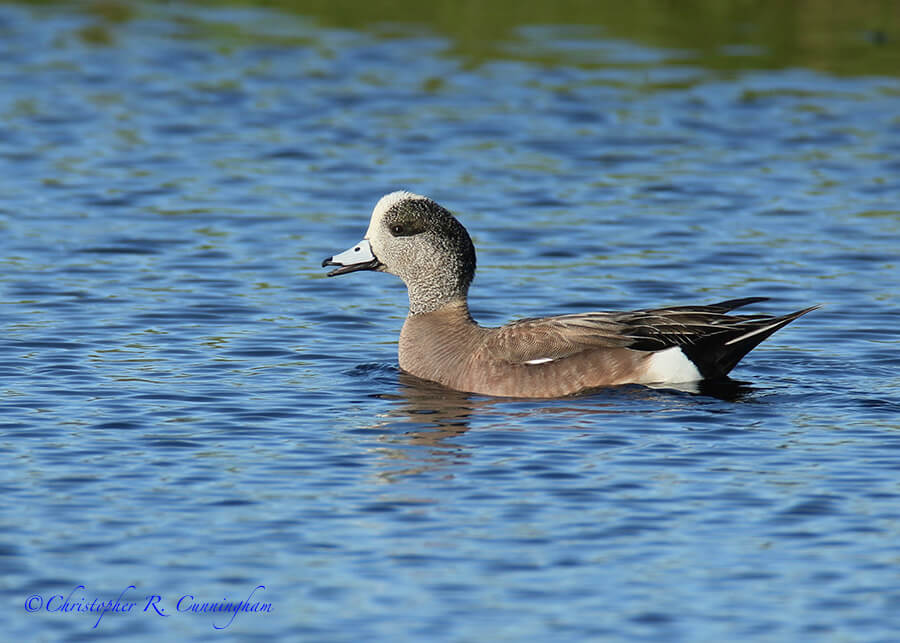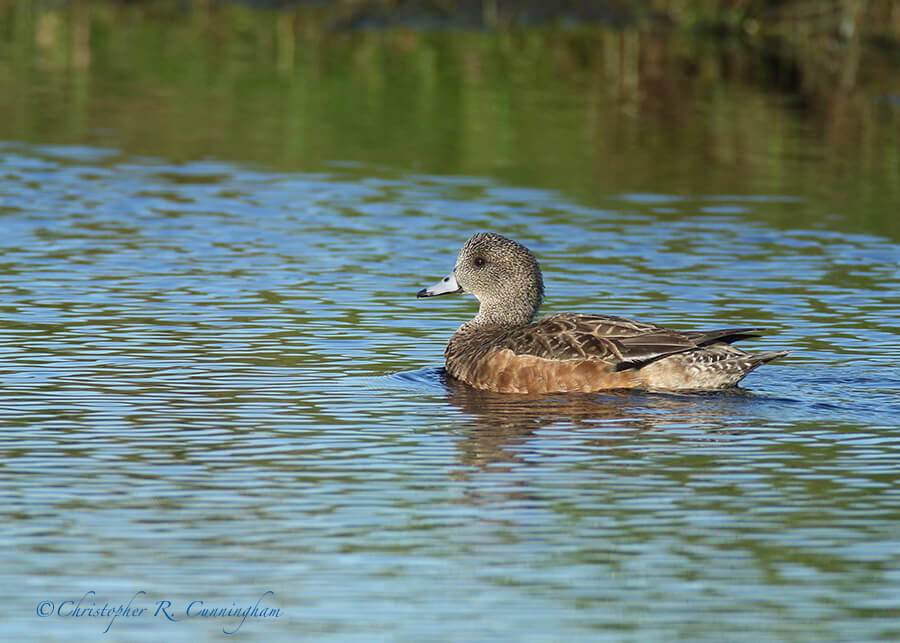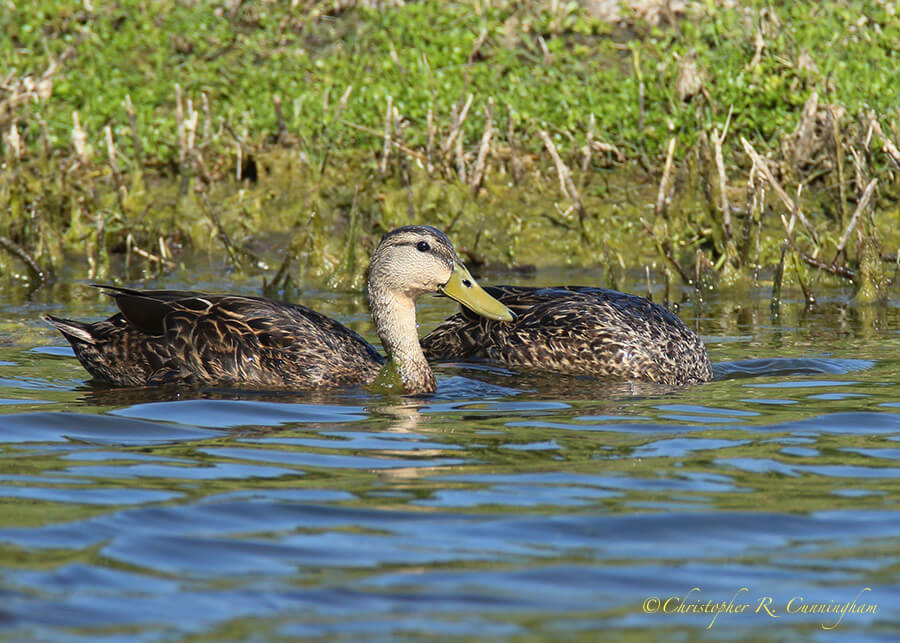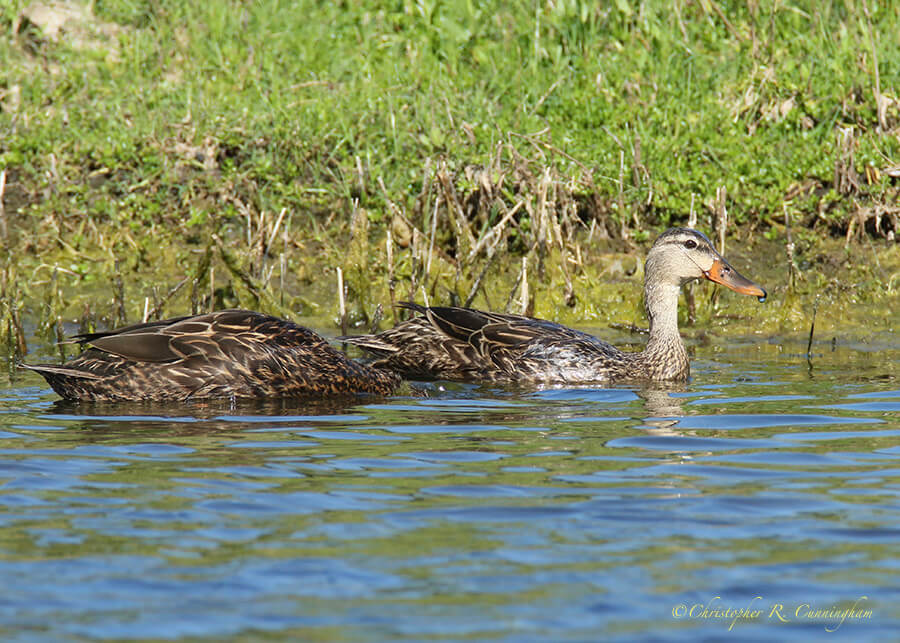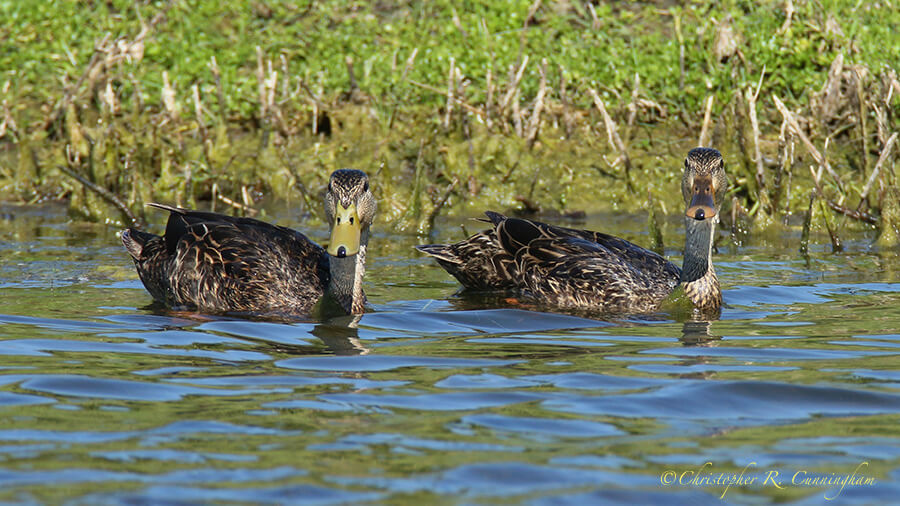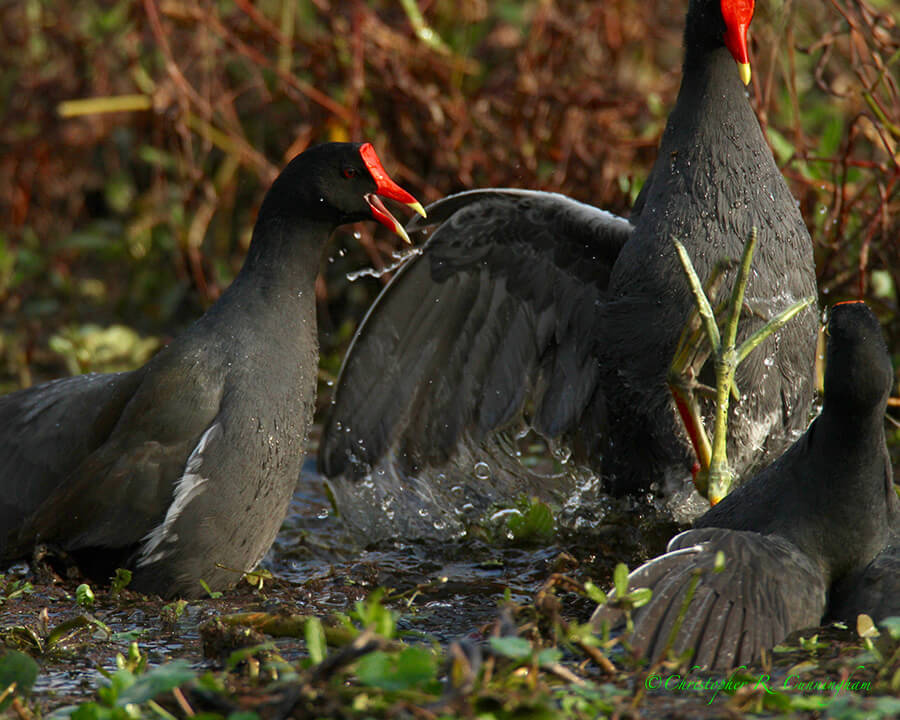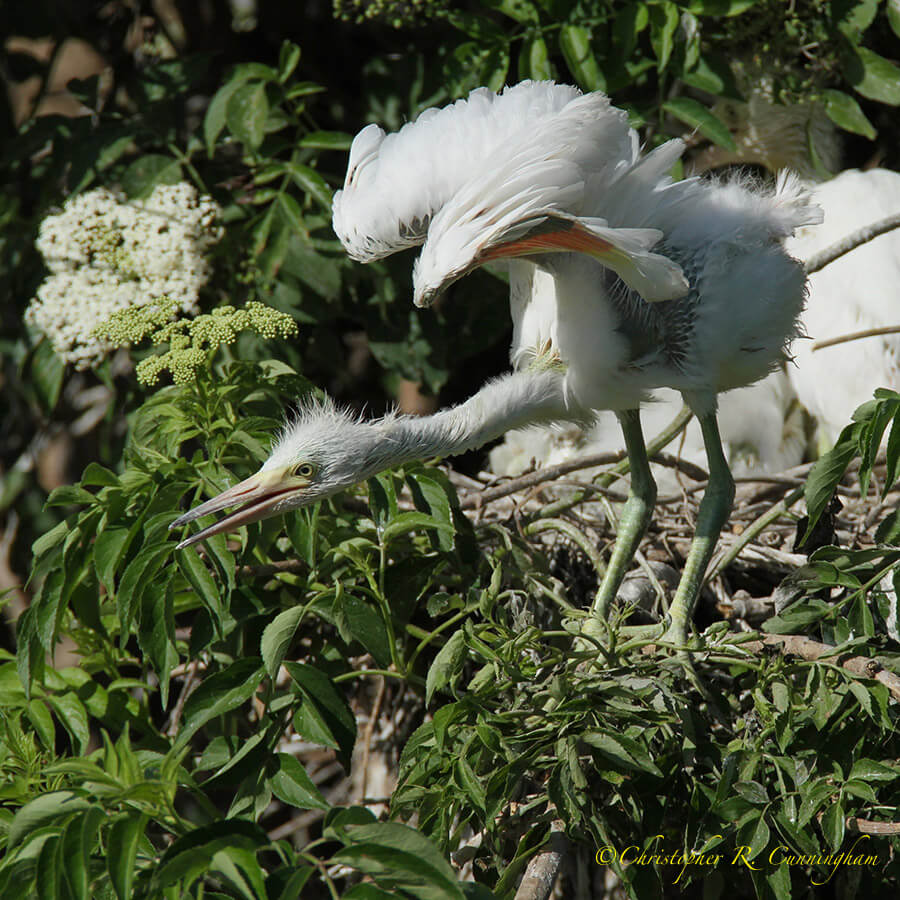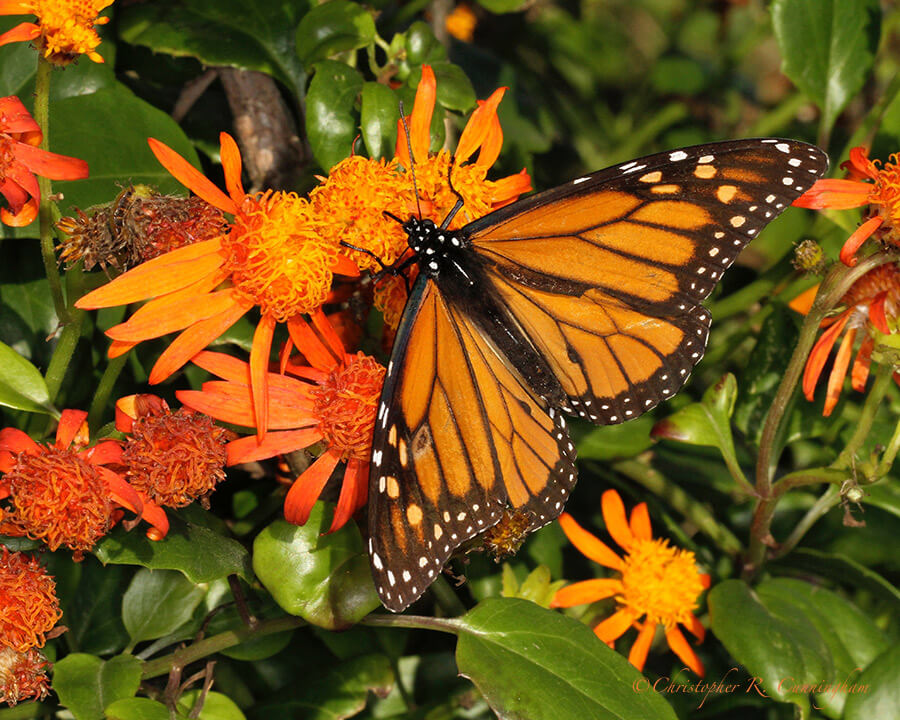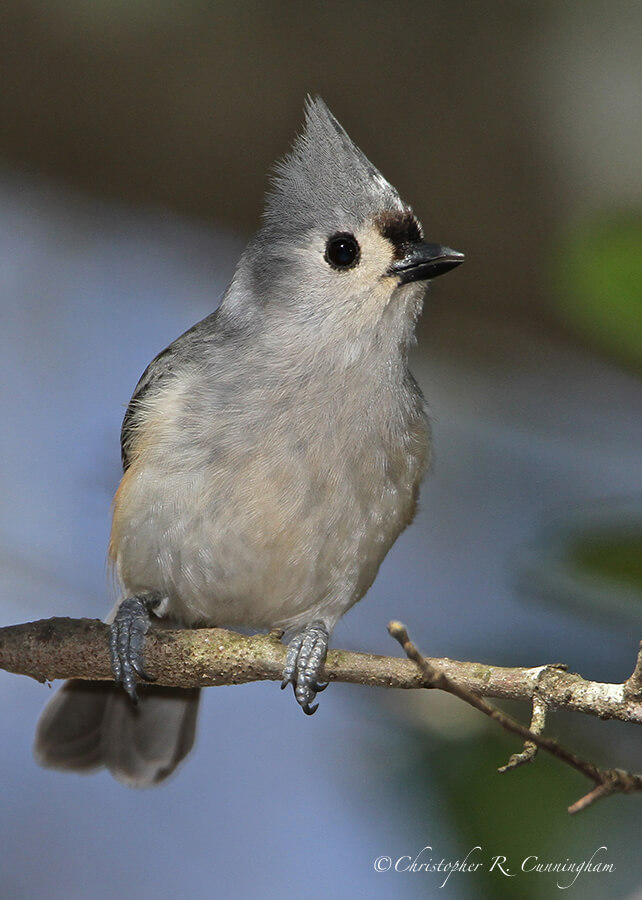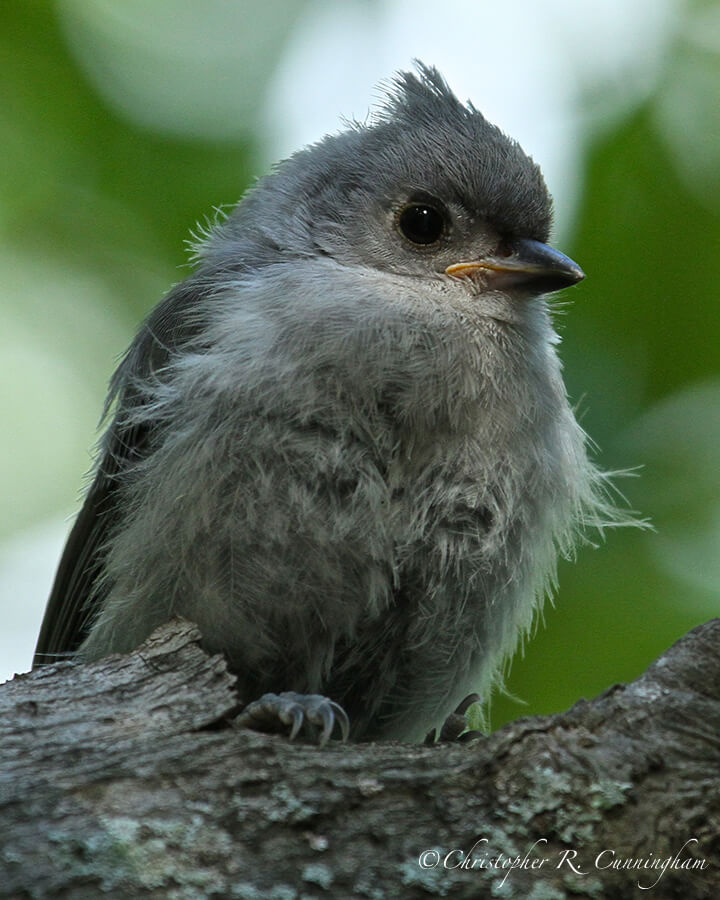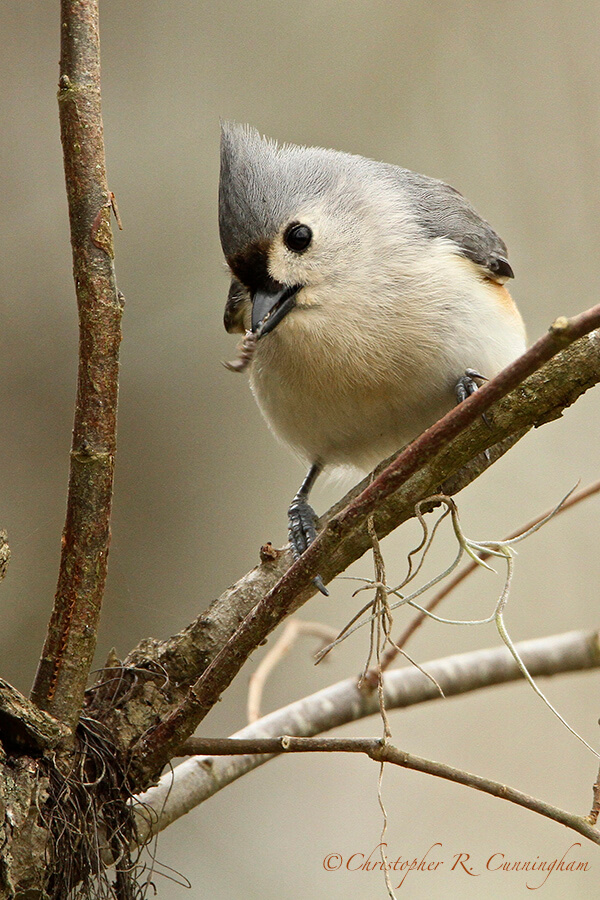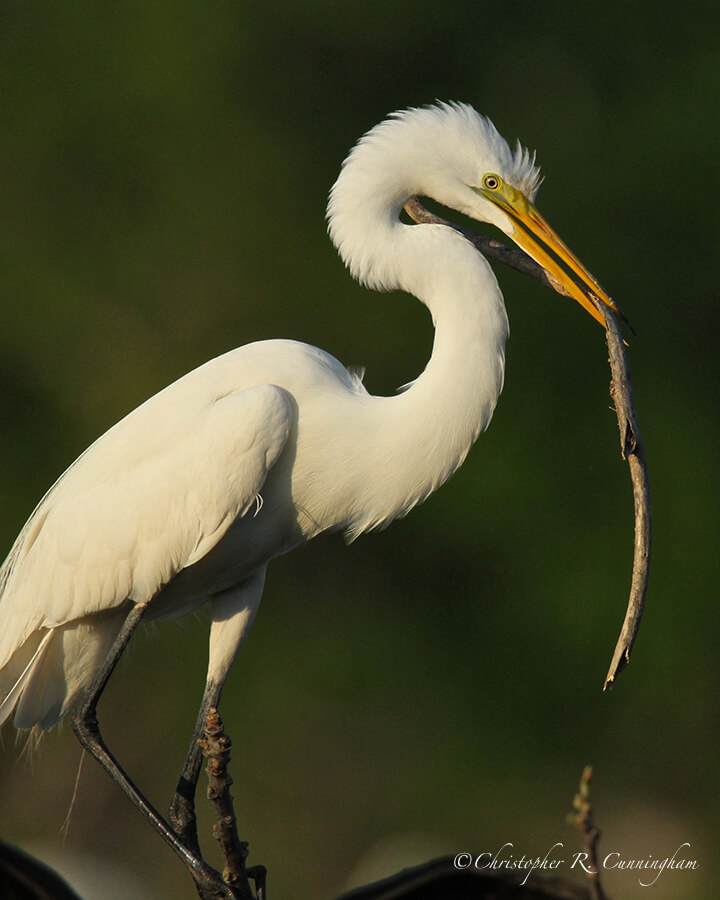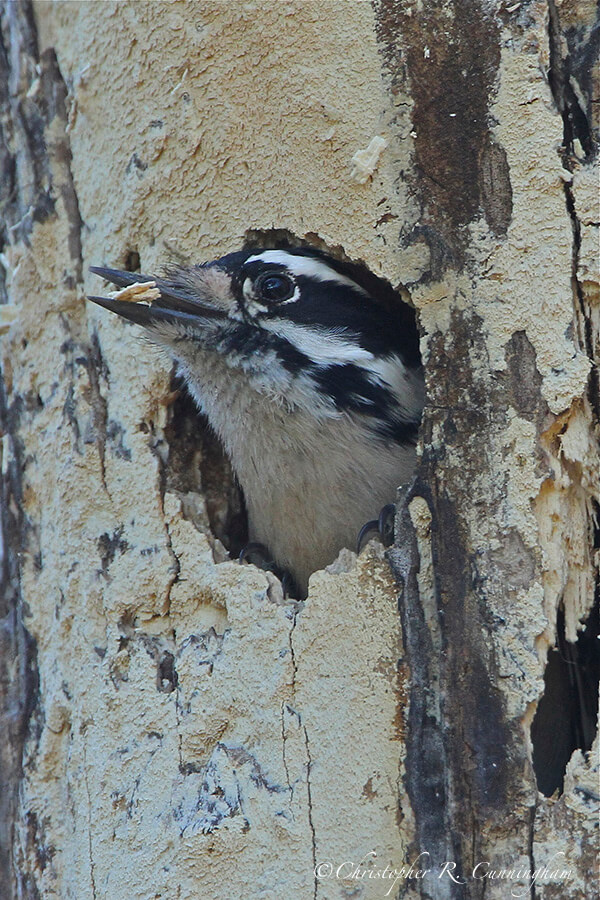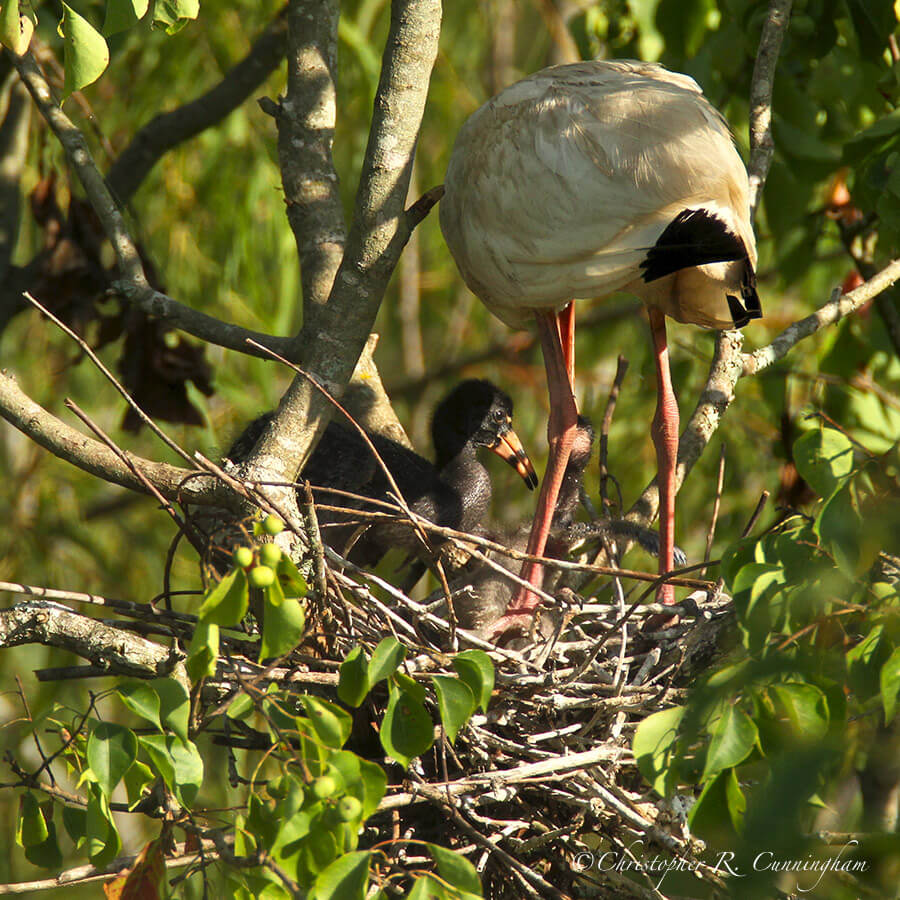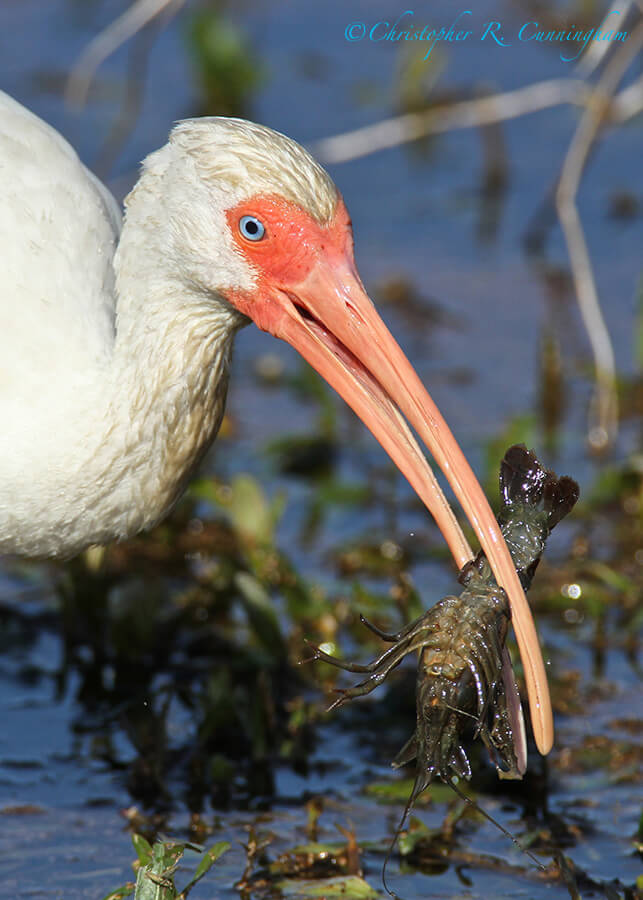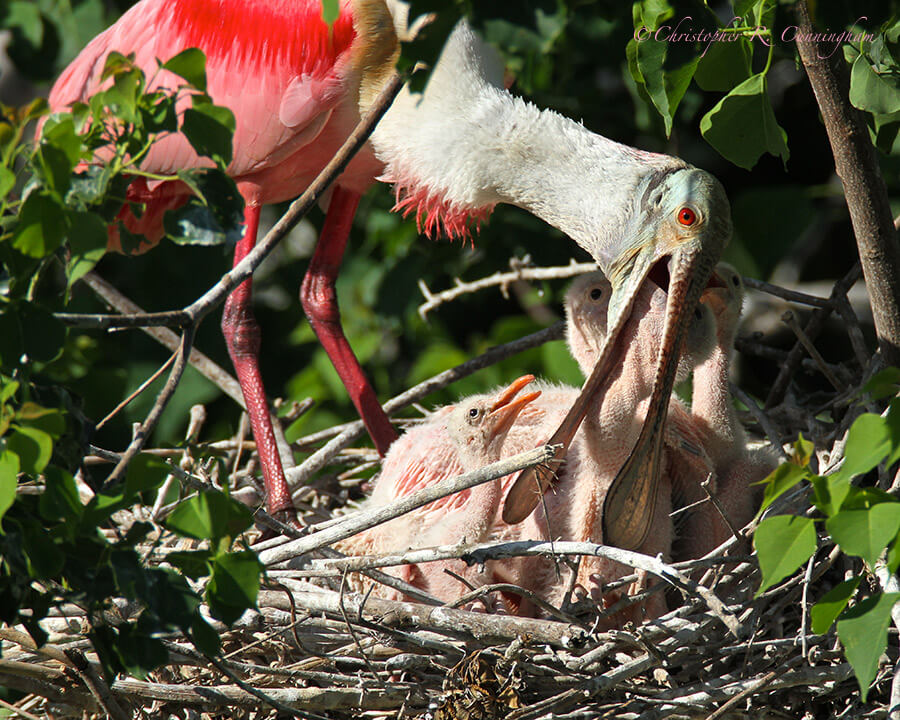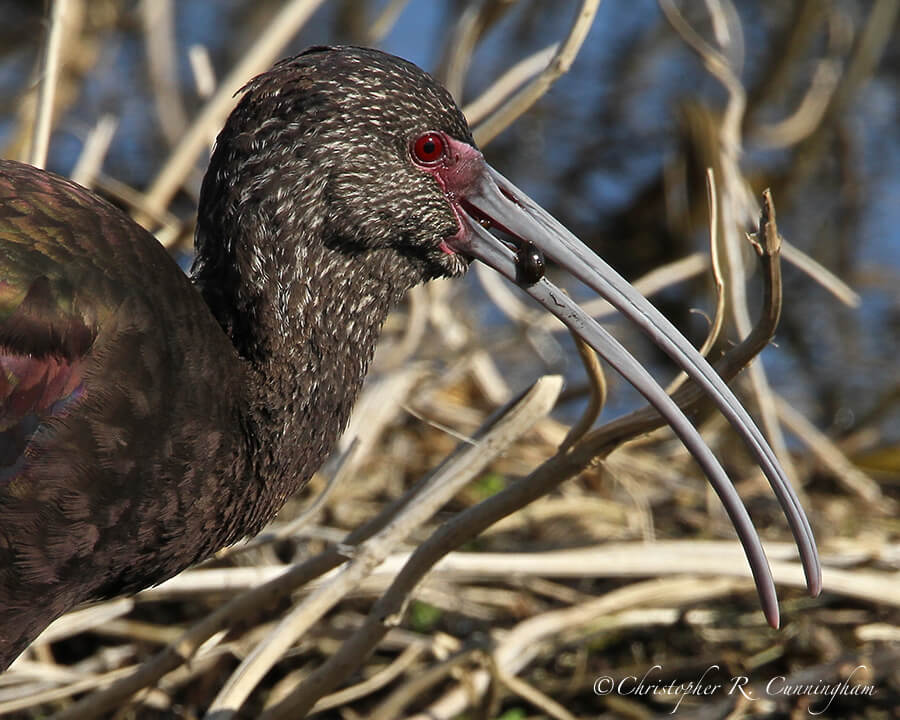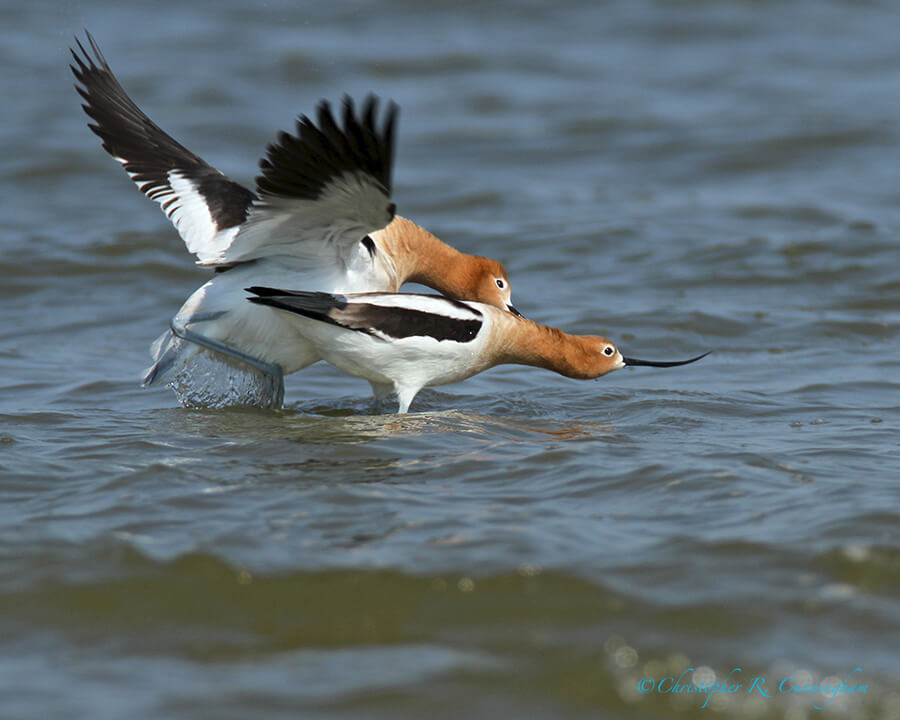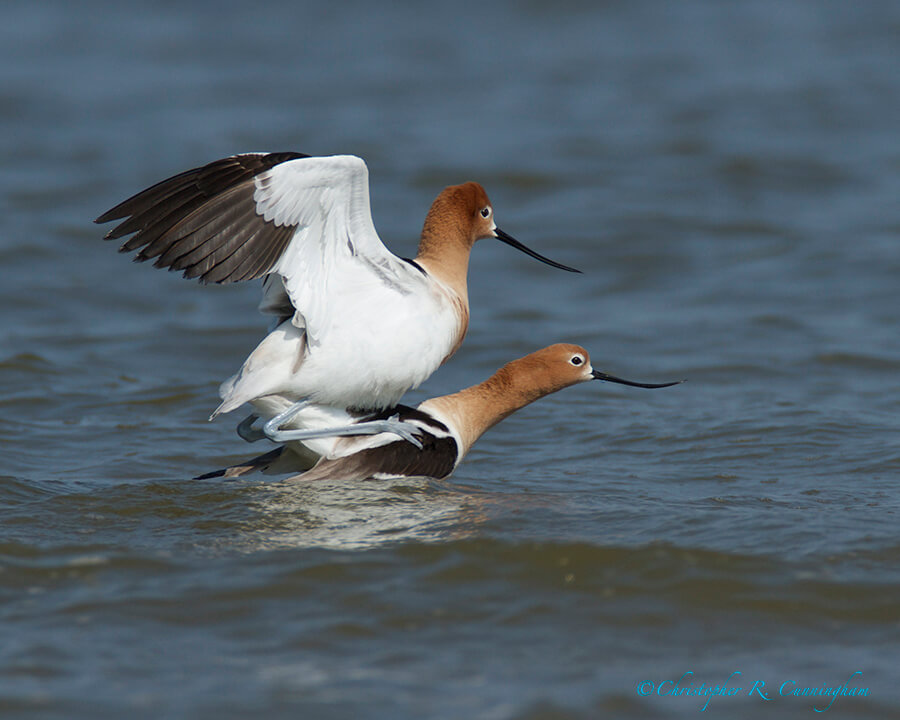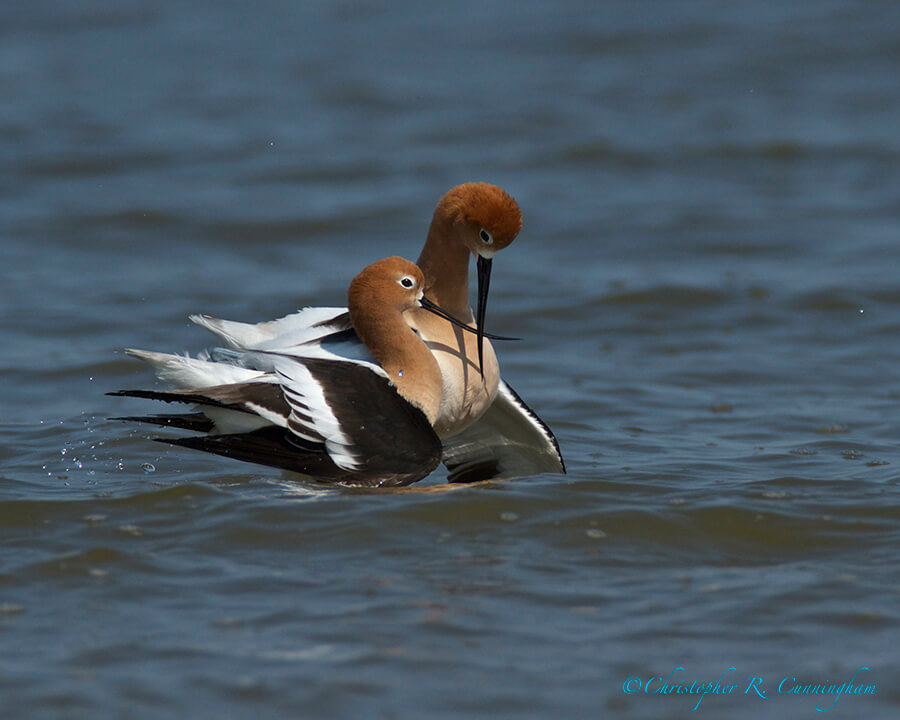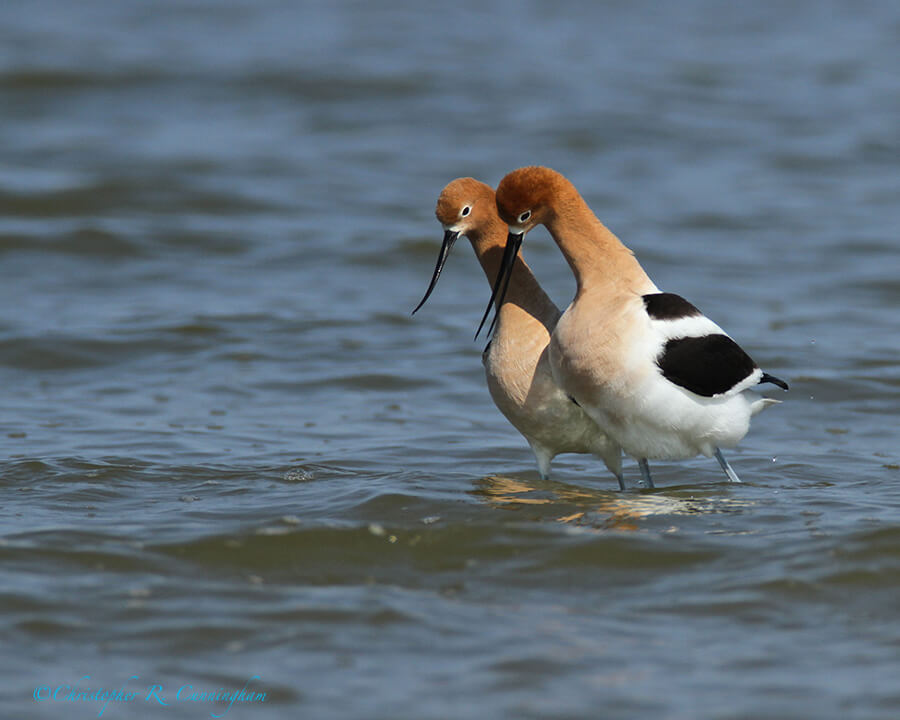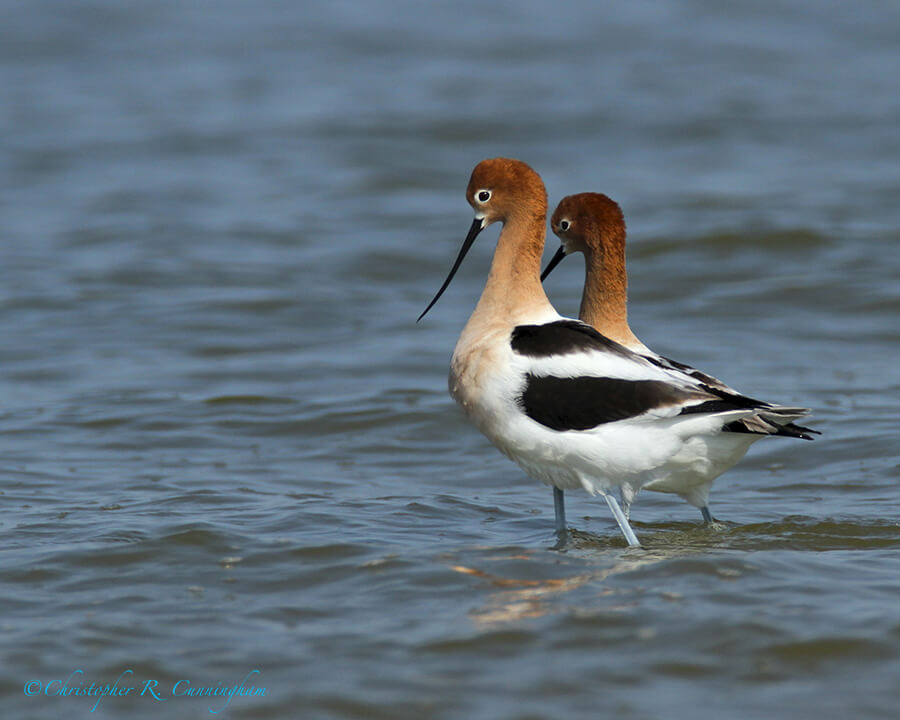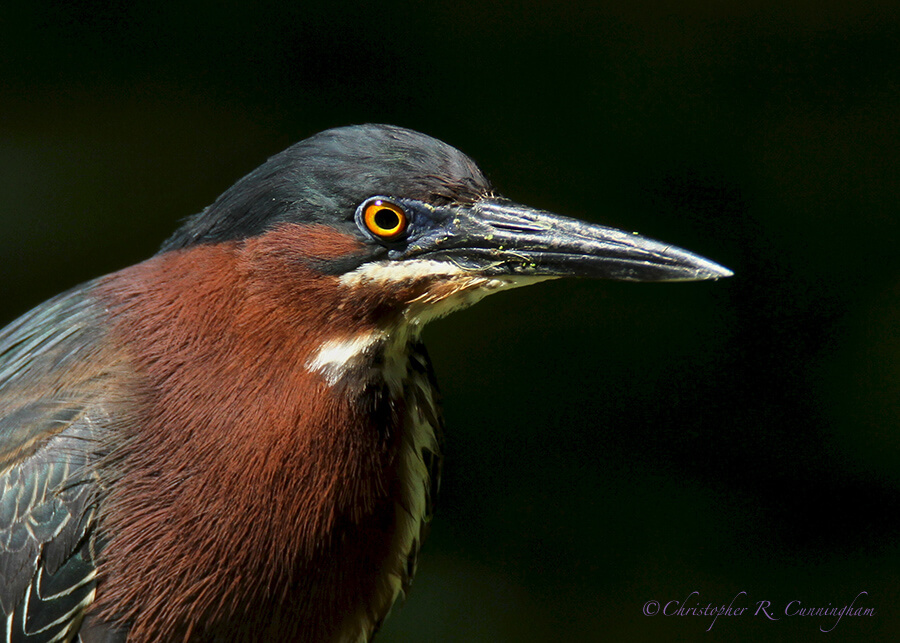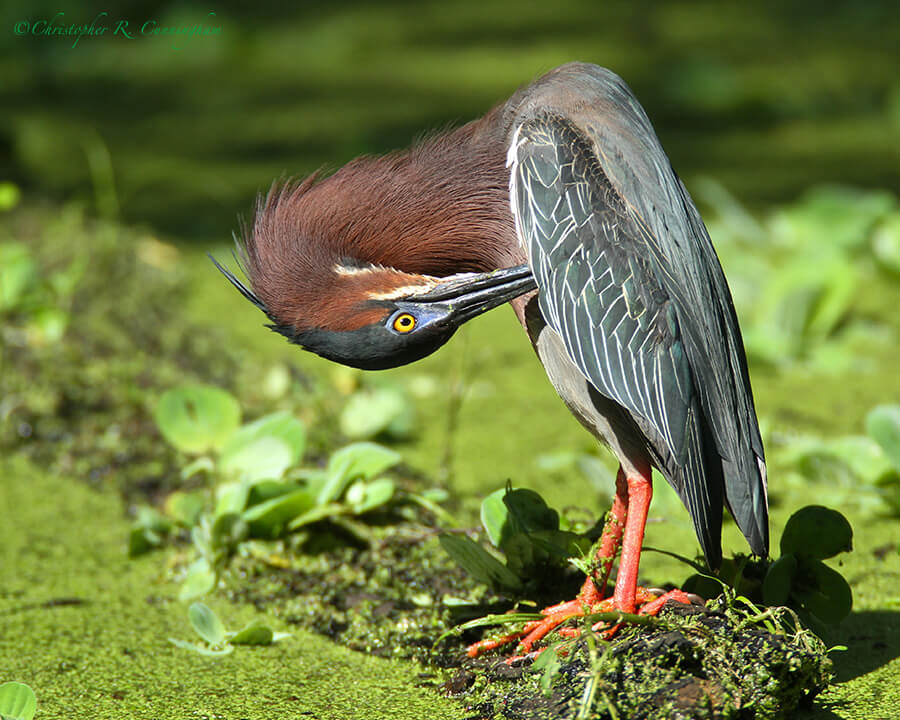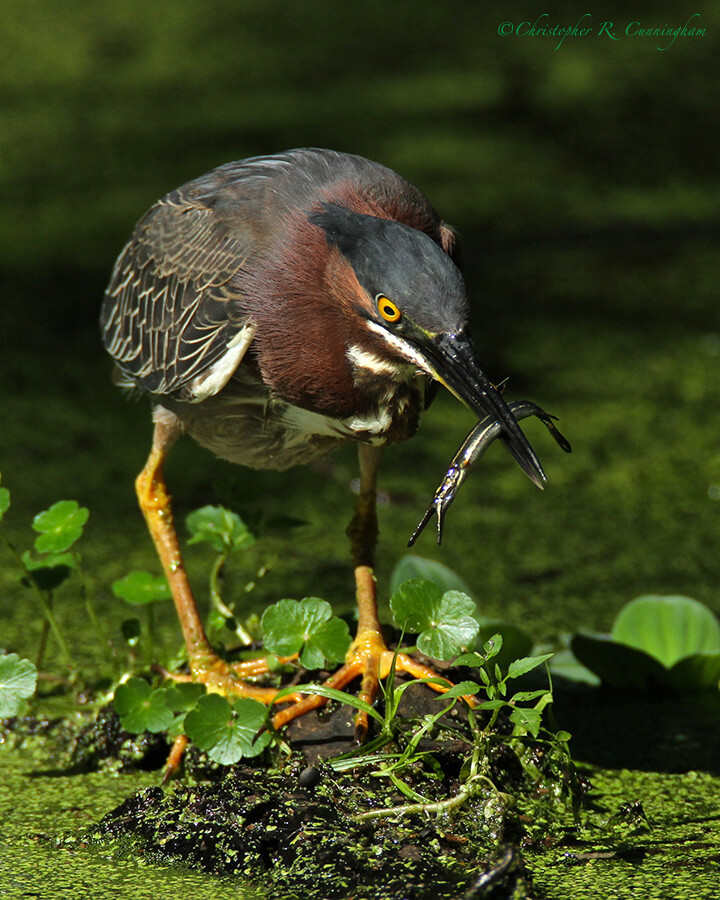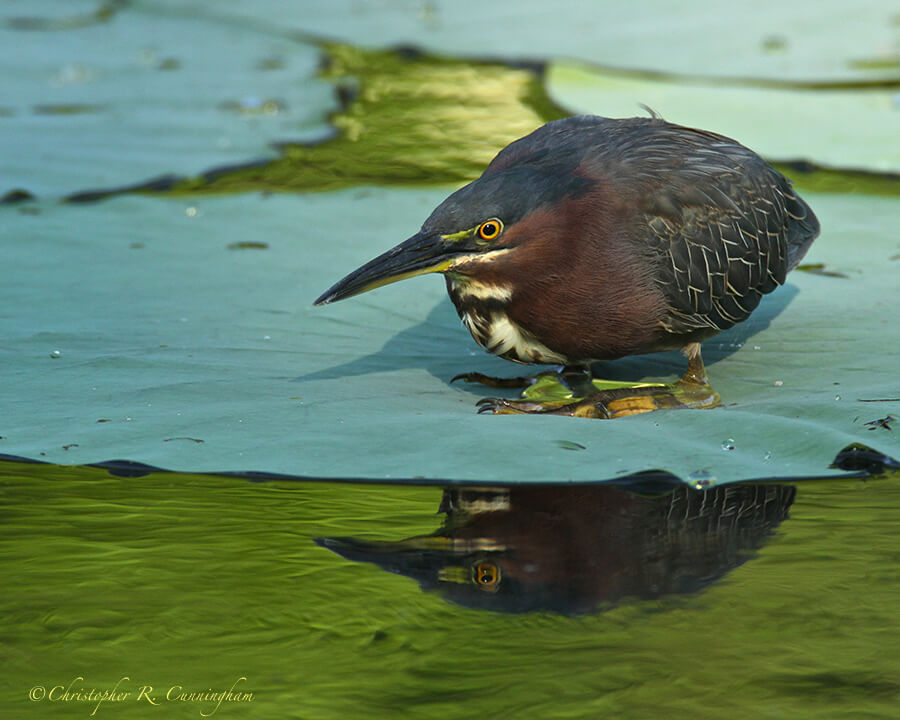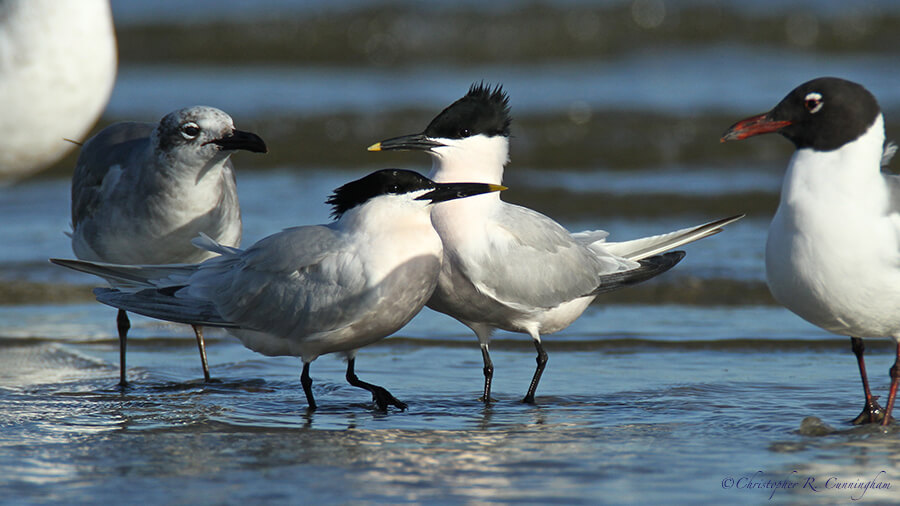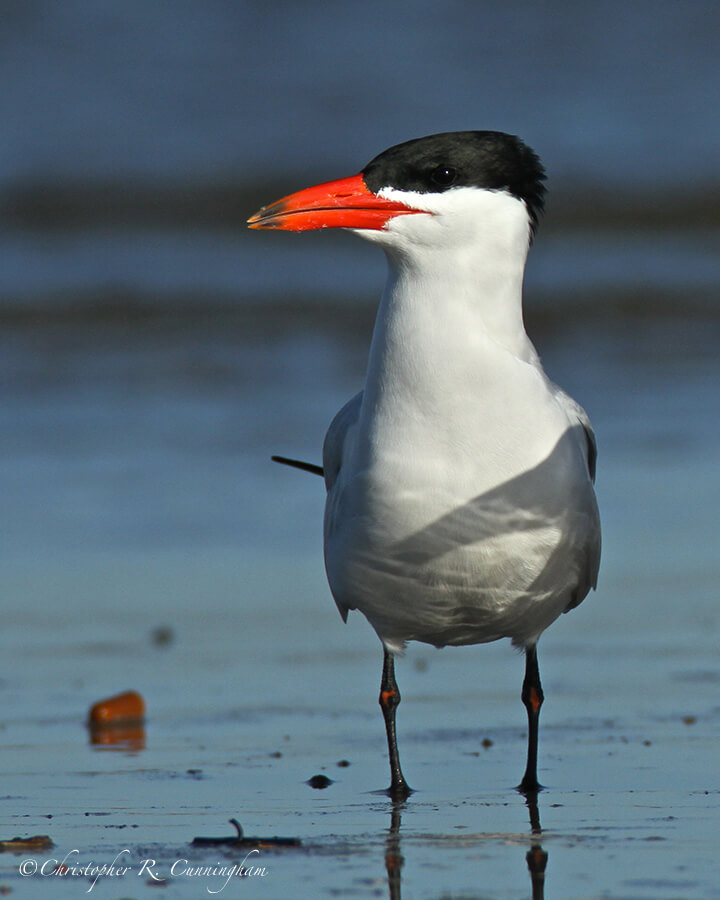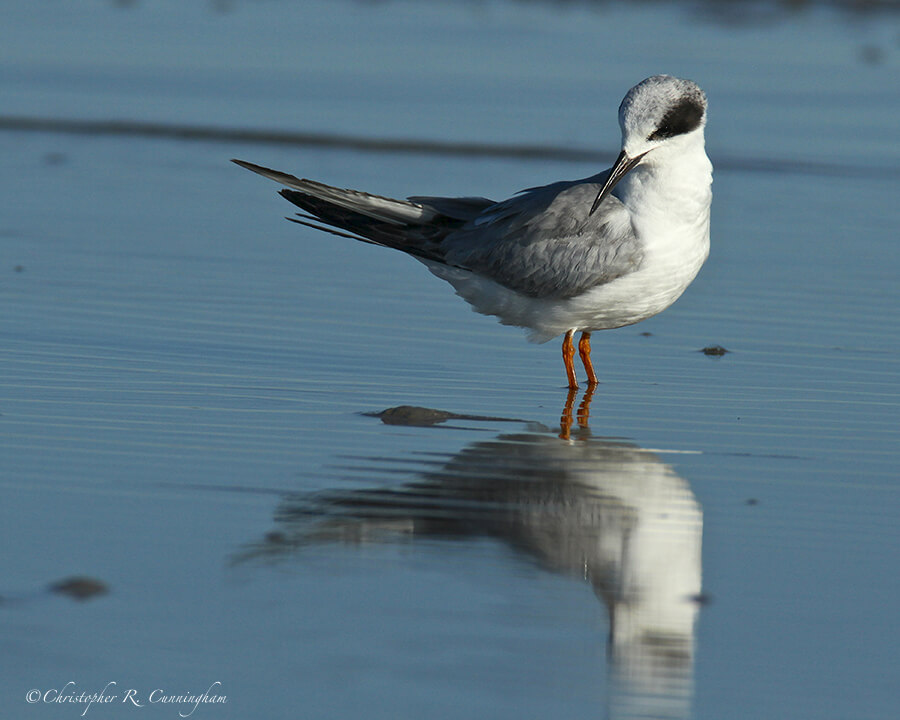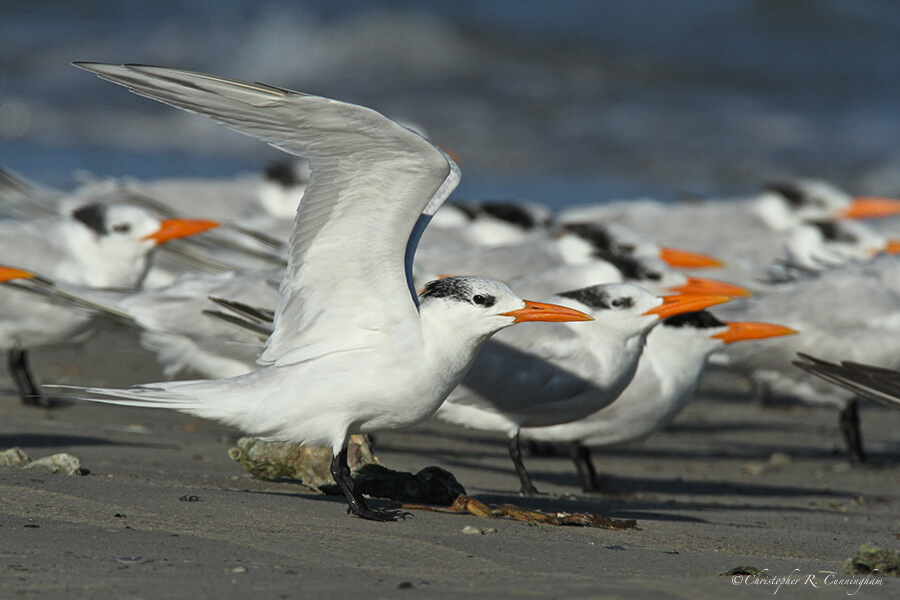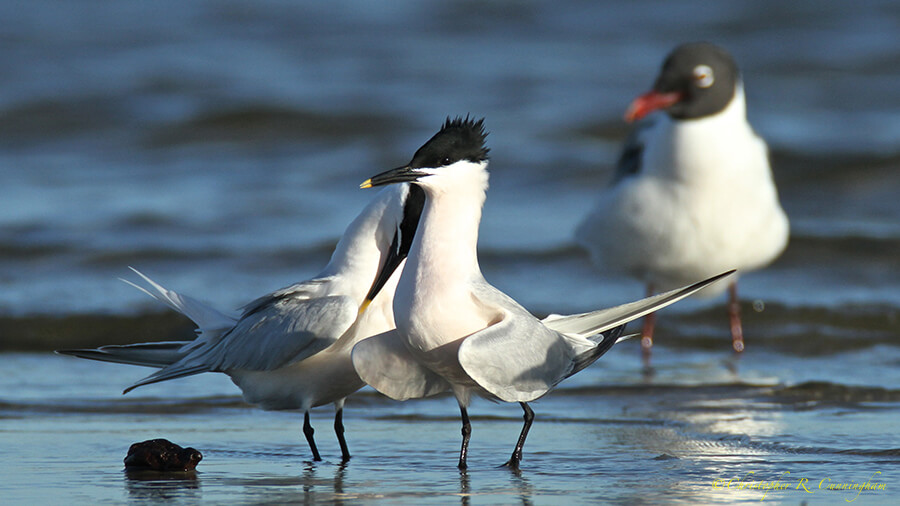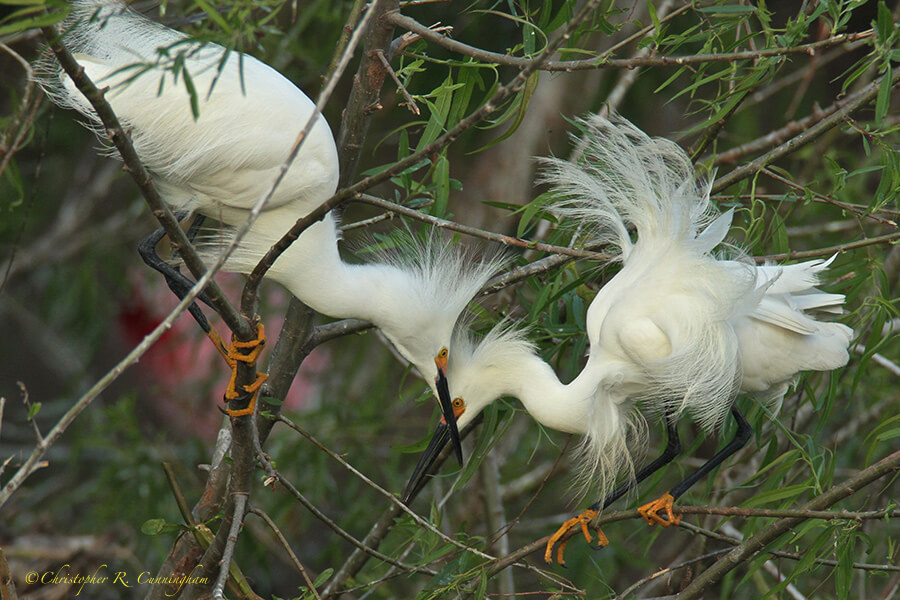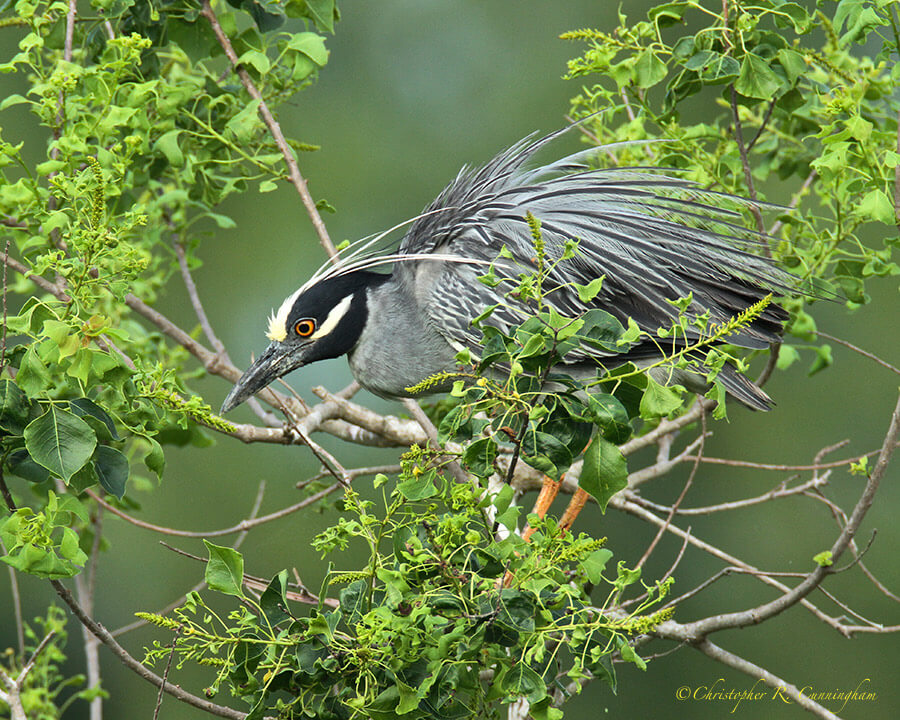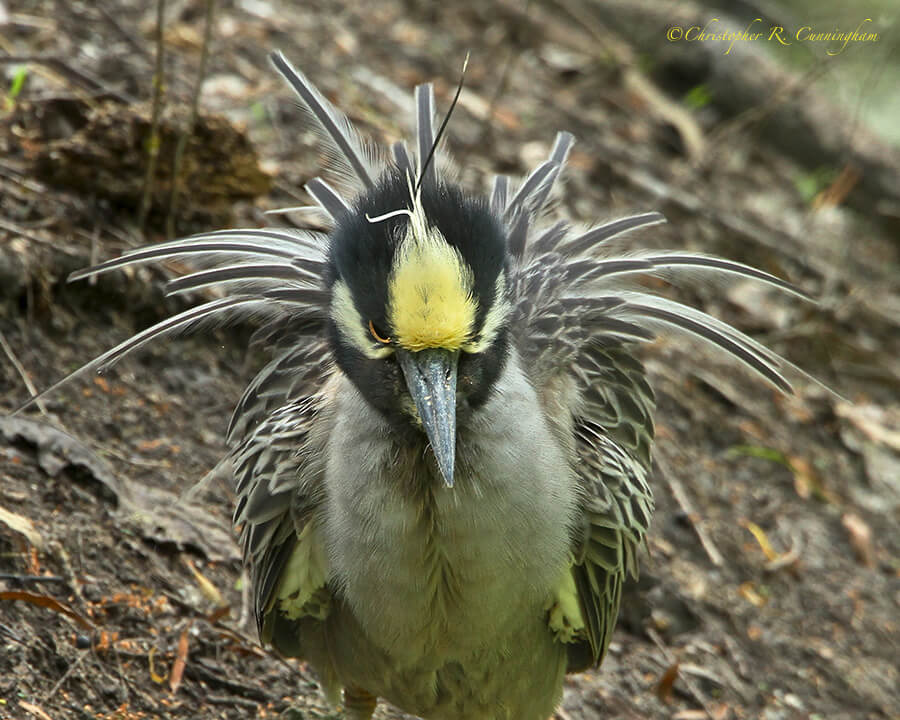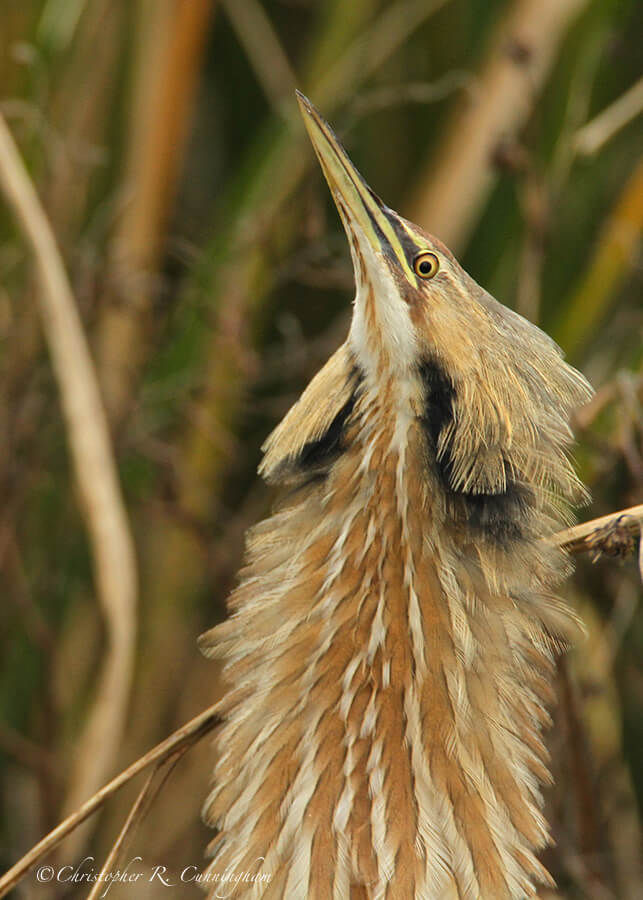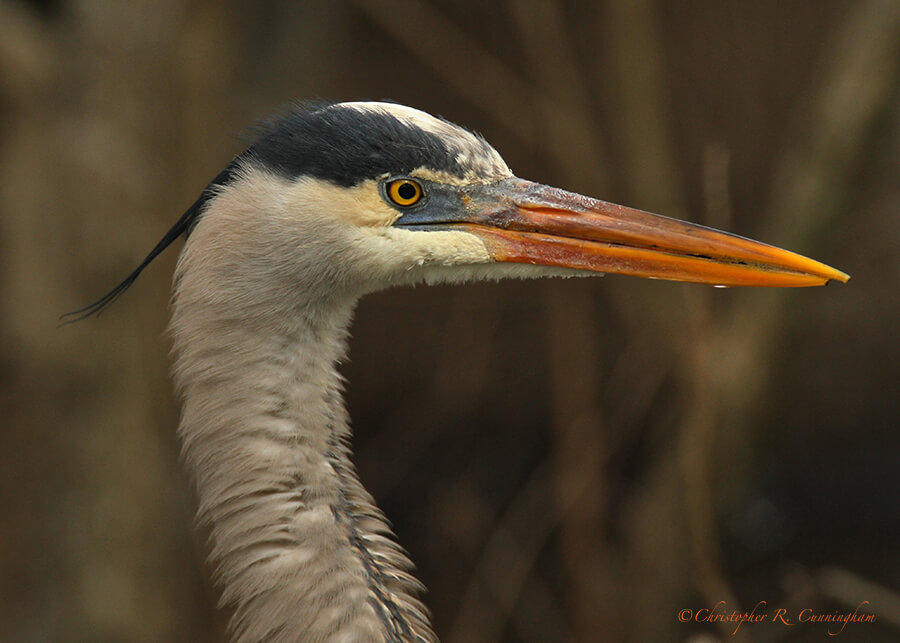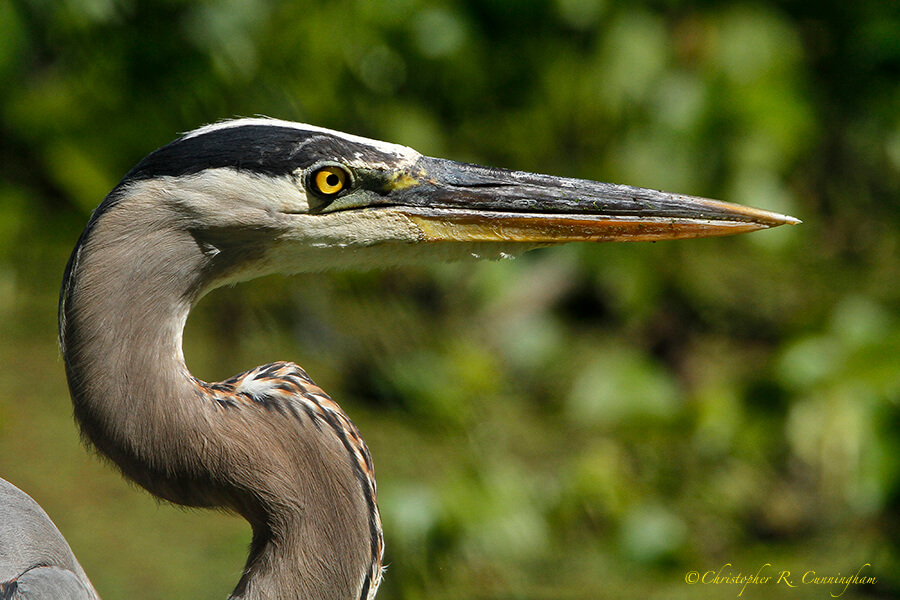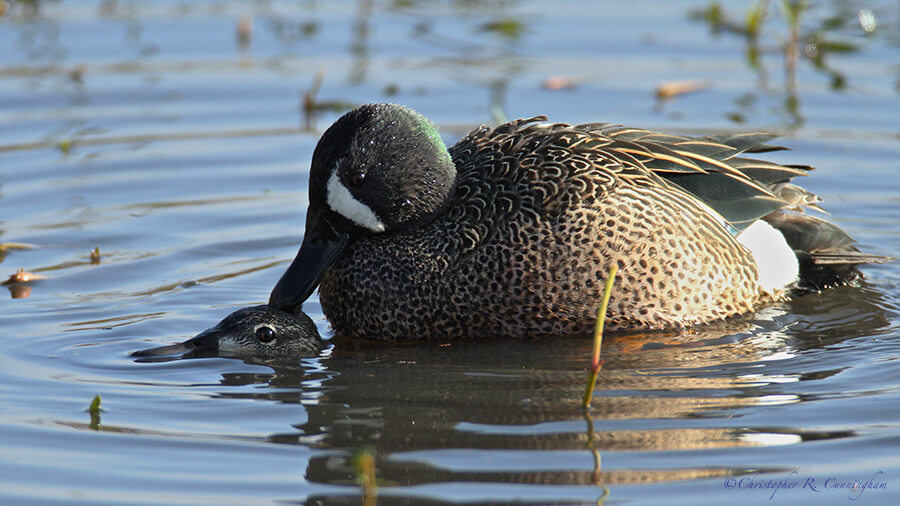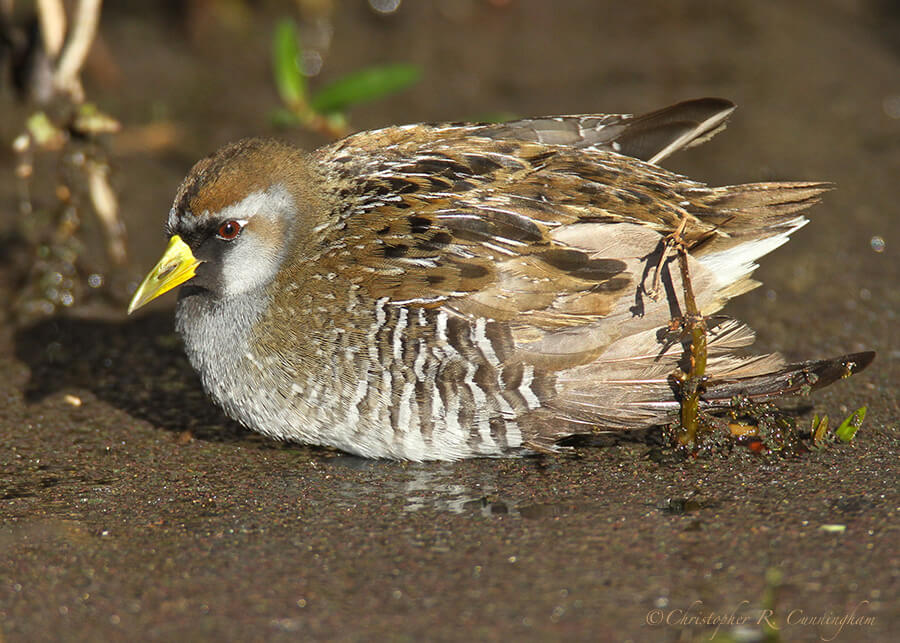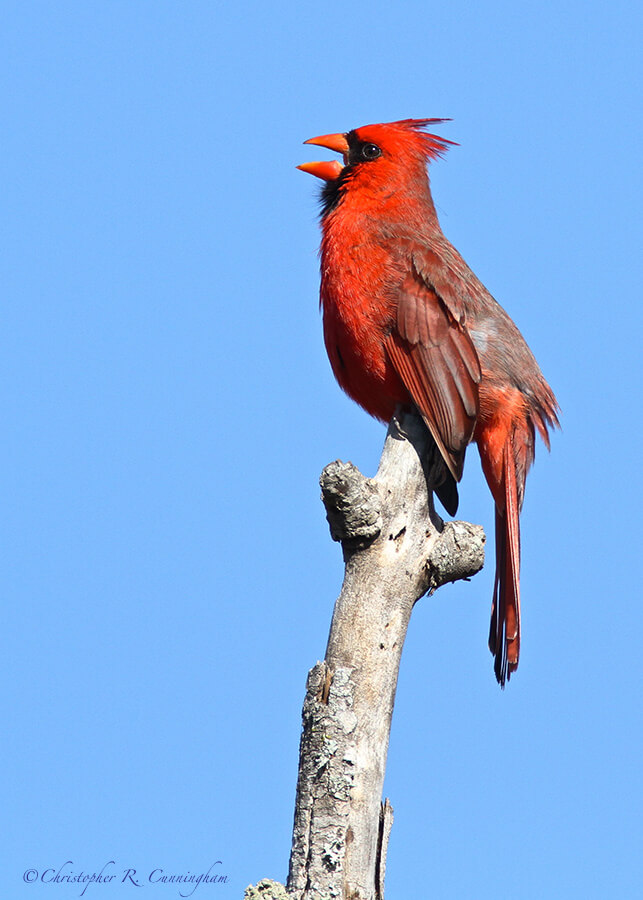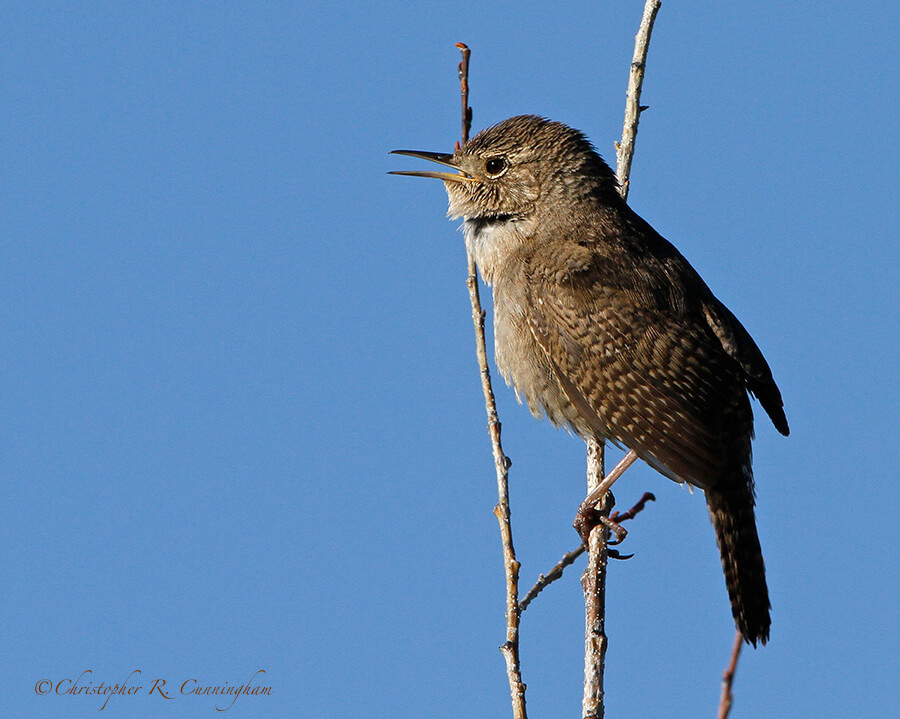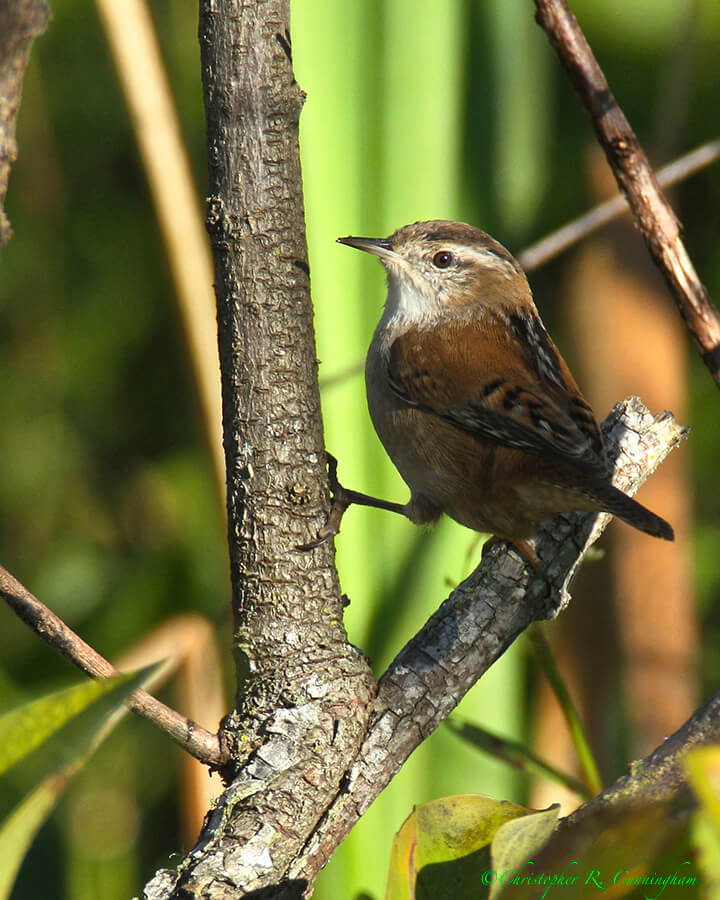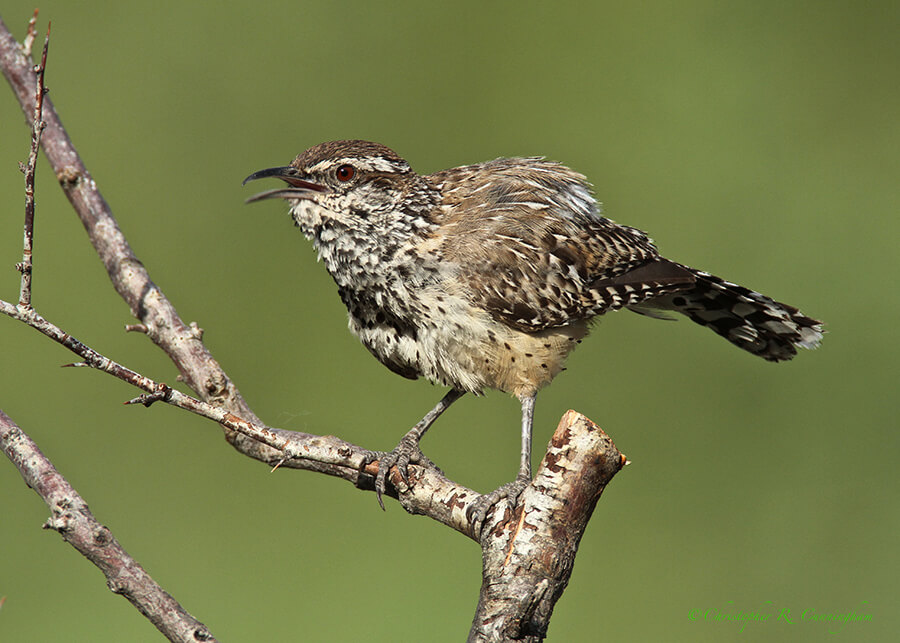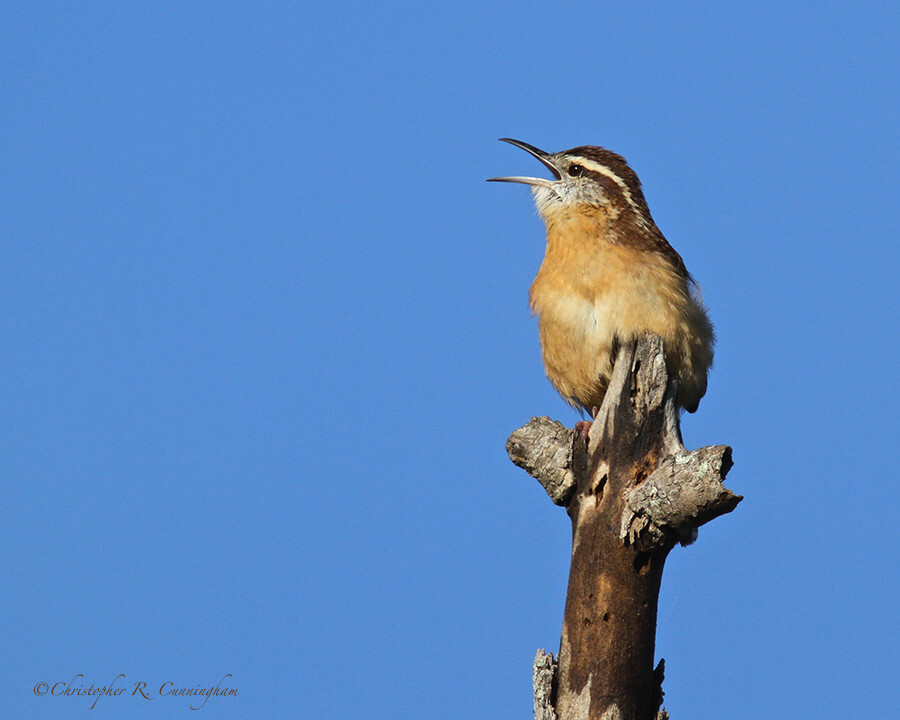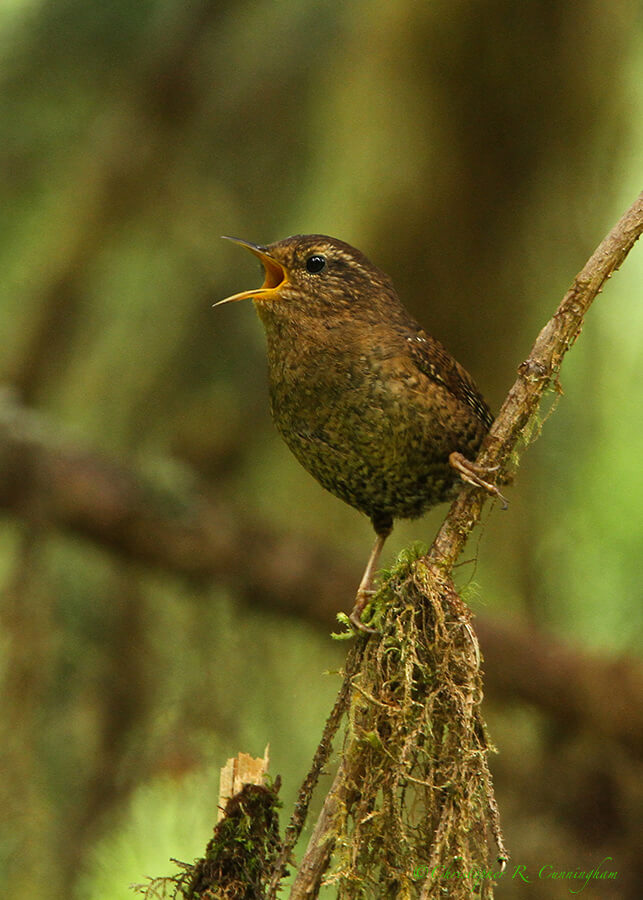The sea is only the embodiment of a supernatural and wonderful existence. –Jules Verne
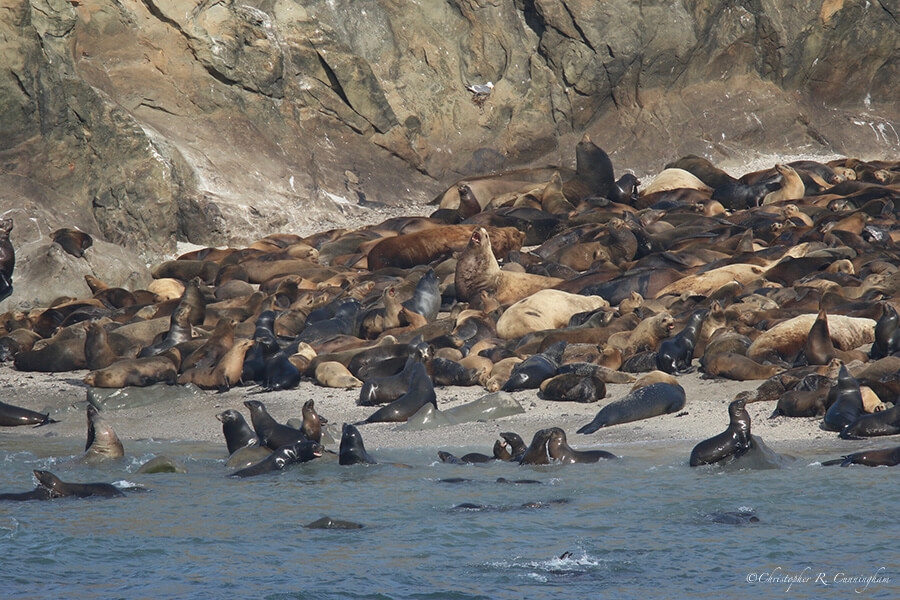
Last week we took a photo-birding road trip along the southwest Oregon coast, from Newport to Brookings. Our goals were to unwind and enjoy the cool, fresh air, put the terrible weather and Texas floods out of our minds, maybe pick up a few new species, and sample a few new Pacific Northwest brews.
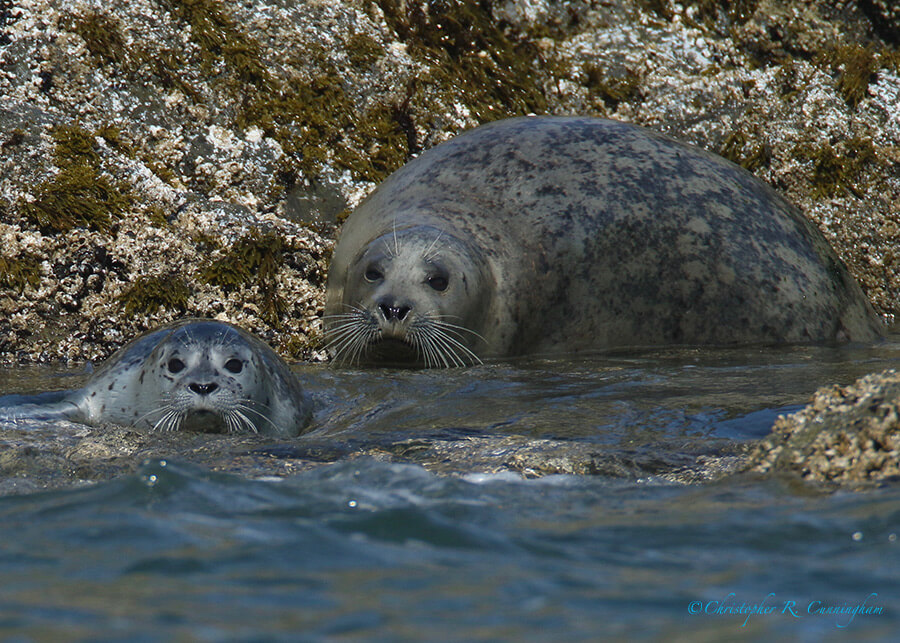
The main natural attractions in southern Oregon during late spring are the marine mammals and breeding colonies of seabirds. Breeding songbirds can also be seen in the coastal forests, and we watched Wilson’s Warblers gathering insects for young and heard the song of the Orange-crowned Warbler, a species we see often in Texas but never hear sing because it doesn’t breed here. For a few hours we were puzzled by the Orange-crown’s song: it sounds a bit like the song of the Northern Parula (so we knew we were dealing with a warbler), albeit lower and slower. But with a little help from iBird we sorted out most of the songbird songs, the Orange-crowned Warbler included.
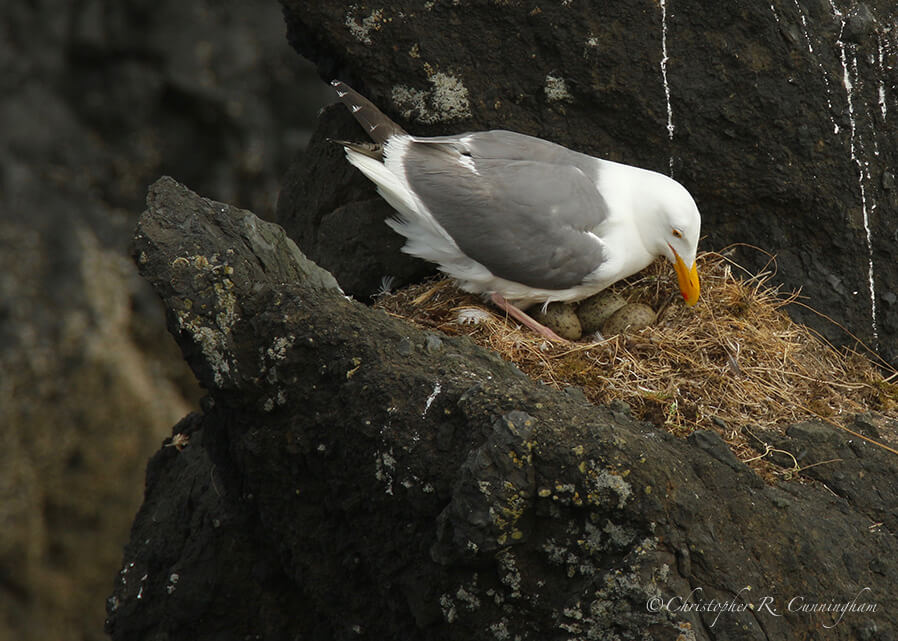
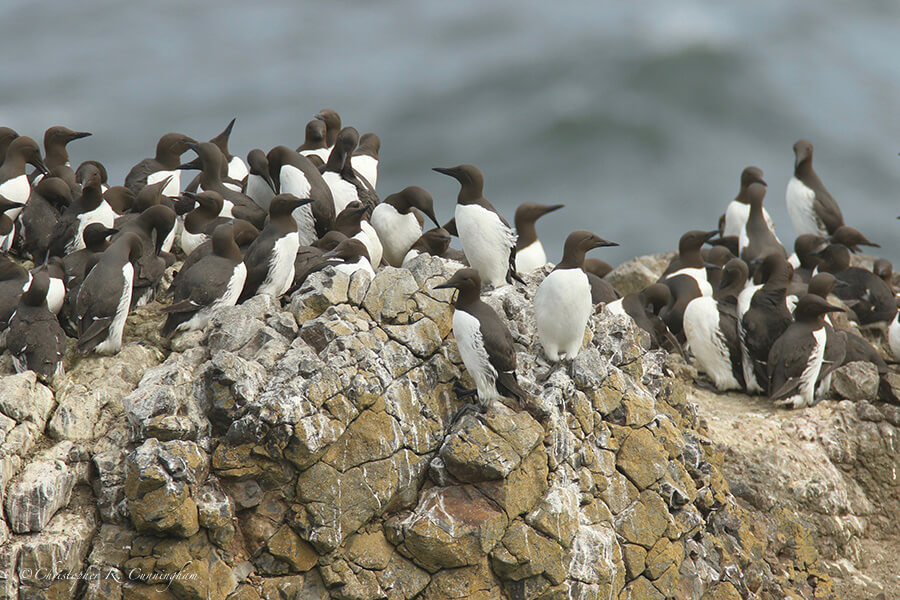
The most common seabird we saw was the Common Murre. We photographed two major colonies, Coquille Point and Yaquina Head. These breeding colonies exist on small, rocky islands, and are among the most spectacular birding destinations in the country. Common Murres, Brandt’s and Pelagic Cormorants, Pigeon Guillemots, and Western and Glaucous-winged Gulls can be seen in these colonies, at least at a distance, in southern Oregon.
Common Murres can be seen rarely as individuals fishing off rocky shores and jetties as well as in huge flotillas of thousands of birds far off shore. Common Murres typically lay one egg that they incubate on their feet, without nesting materials, penguin-style. A second egg may be layed if the first egg is lost to accidents or predators. Predators of Common Murre eggs and young include crows and gulls. Bald Eagles will grab adult birds, and we heard that an eagle was hunting around Yaquina Head while we were there.
Given the superficial similarities between murres and penguins, I wondered if a predator-prey relationship existed between the murres and sea lions paralleling the famous relationship between penguins and leopard seals documented by wildlife photographer Brian Clark Howard for National Geographic. I could find no references to specific predators eating murres while at sea, although sharks and toothed whales seem possible candidates. California Sea Lions have been observed grabbing Common Murre chicks in the water near breeding colonies, though. Storms and fishing nets certainly kill many as dead murres sometimes wash up on shore and images of drowned murres and other seabirds tangled in fishing nets and lines exist from around the Northern Hemisphere.
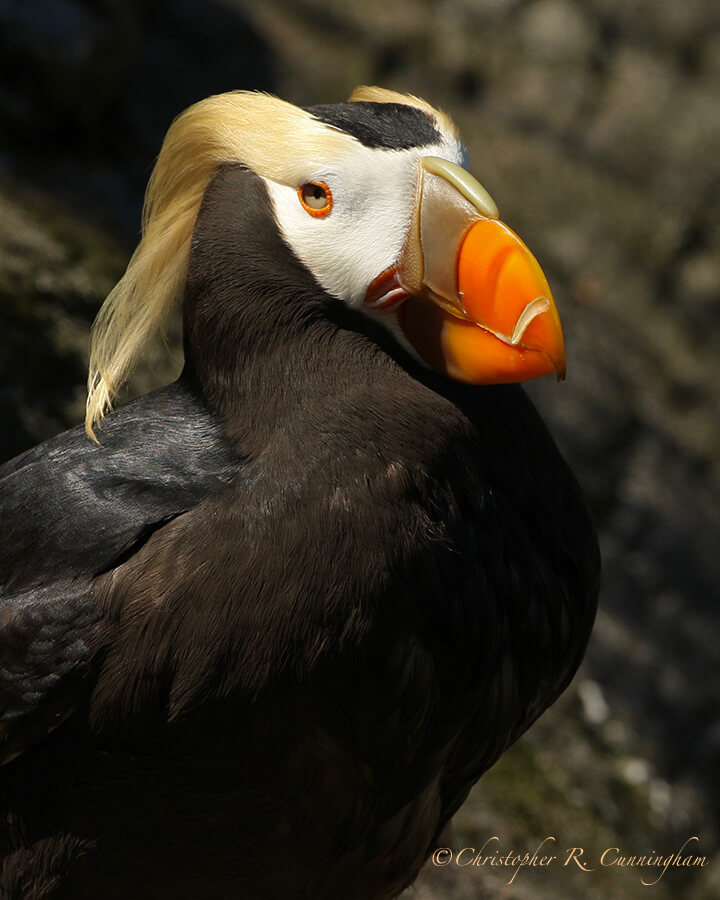
Our last stop was at the Oregon State Aquarium in Newport. We usually steer clear of zoos and the like, but we read that there was an open air aviary with a number of pelagic Pacific species that are very hard to photograph in the wild up close because they stay out to sea, and their nesting areas are federally protected (it is unlawful to approach closer than 500 feet). The aquarium opens at 10am, so photography is tough. Nevertheless, we took some acceptable portraits of Rhinoceros Auklets, puffins, and other alcids—images that would be extremely challenging to capture in any other way.
Amazing as the animals of the Pacific Northwest are, the dazzling display of plant life, native and exotic, especially flowering species, give them a run for their money—fodder for a future post.
©2016 Christopher R. Cunningham and Elisa D. Lewis. All rights reserved. No text or images may be duplicated or distributed without permission.
